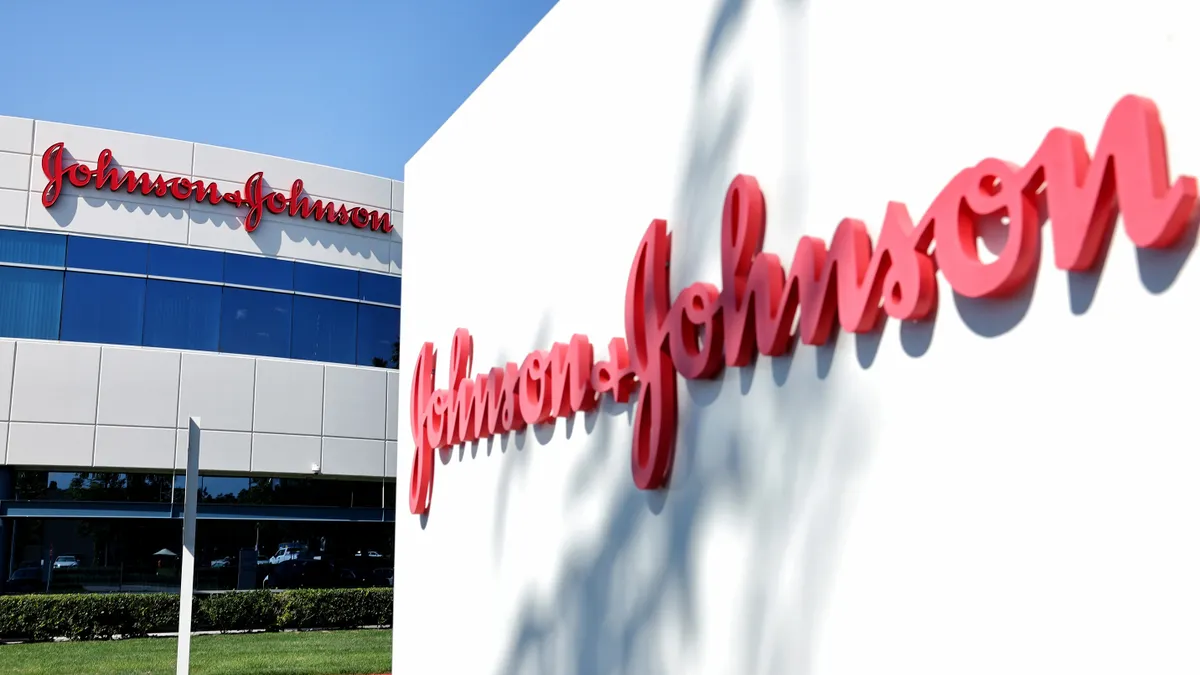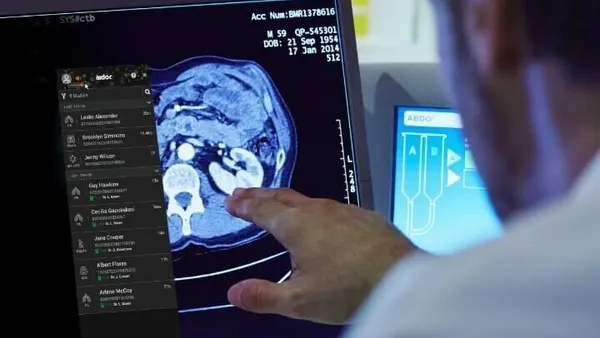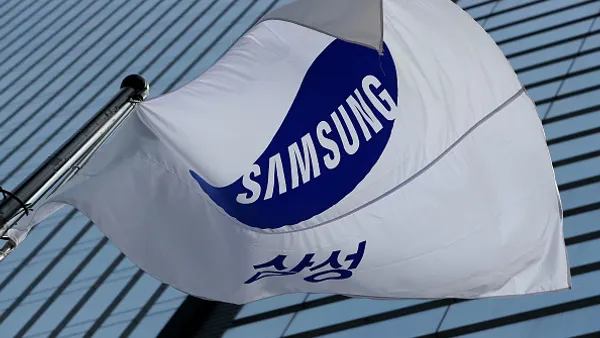Dive Brief:
- Broad adoption of EHRs could push the $232.5 million global medical device connectivity market over the $1 billion threshold by 2022, a new Frost & Sullivan report predicts.
- As EHRs become more mainstream, hospitals are looking for ways to optimize their use, such as early warning scores, automated electronic charting, emergency alert and response. These tasks call for interoperability among devices and other health IT tools.
- Other potential benefits of MDC include virtual intensive care units, device asset management and real-time location solutions, according to the report.
Dive Insight:
Lots of companies stand to gain from a strong connected medical device market. With the ongoing move to value-based care, providers are looking for ways to monitor and connect with patients outside the hospital or clinic, improve patient outcomes and reduce costs. Tools like data analytics and artificial intelligence create new opportunities to collect and use patient data, with EHRs being the nexus for data storage and sharing.
At the same time, interoperability and device communication are important for patient safety and for providers that want to operate efficiently and avoid physician burnout.
According to Spyglass Consulting Group, nine in 10 hospitals are investing in smartphones and secure mobile communications platforms to drive clinical transformation. Virtual care is also increasing, particularly for low-acuity care and follow-up after discharge, raising demand for medical devices and services that can collect and relay information about a patient’s health status or activity.
With the growing use of digital health technologies, IBM and Aramark recently partnered to support maintenance and security of connected medical devices. The two companies said they will use predictive analytics to identify cyber threats, device malfunctions and maintenance needs — such as when an MRI requires a repair or should be replaced.
“Next-generation connected medical devices will embrace machine-to-machine (M2) and cloud-based technologies for real-time, bi-directional communications required for centralized patient monitoring. For hospitals without EMR solutions, cloud-based device connectivity and digital dashboards for device data visualization will be an alternative,” Dinesh Kumar, an analyst at Frost & Sullivan, said in a statement. “Furthermore, the growing demand for hospital-based MDC is giving rise to competitive business models and solution offerings from direct and indirect market players.”
Major growth opportunities include vendor-agnostic third-party device connectivity tools such as Cerner’s iBus platform, end-to-end connectivity products like Qualcomm Life’s SmartLinx and virtual ICU and patient monitoring technologies, the report notes. Healthcare system integrators and interoperability enablers such as Validic and Enovacom also stand to gain from the growing momentum.
In an effort to support connected medical devices, the FDA last year issued guidance discussing considerations for designing and developing interoperable technologies, as well as the content of premarket submissions and labeling for such devices. The agency also plans to launch a precertification pilot program next year aimed at reducing certification checkpoints for software companies developing low-risk software-based medical devices.














